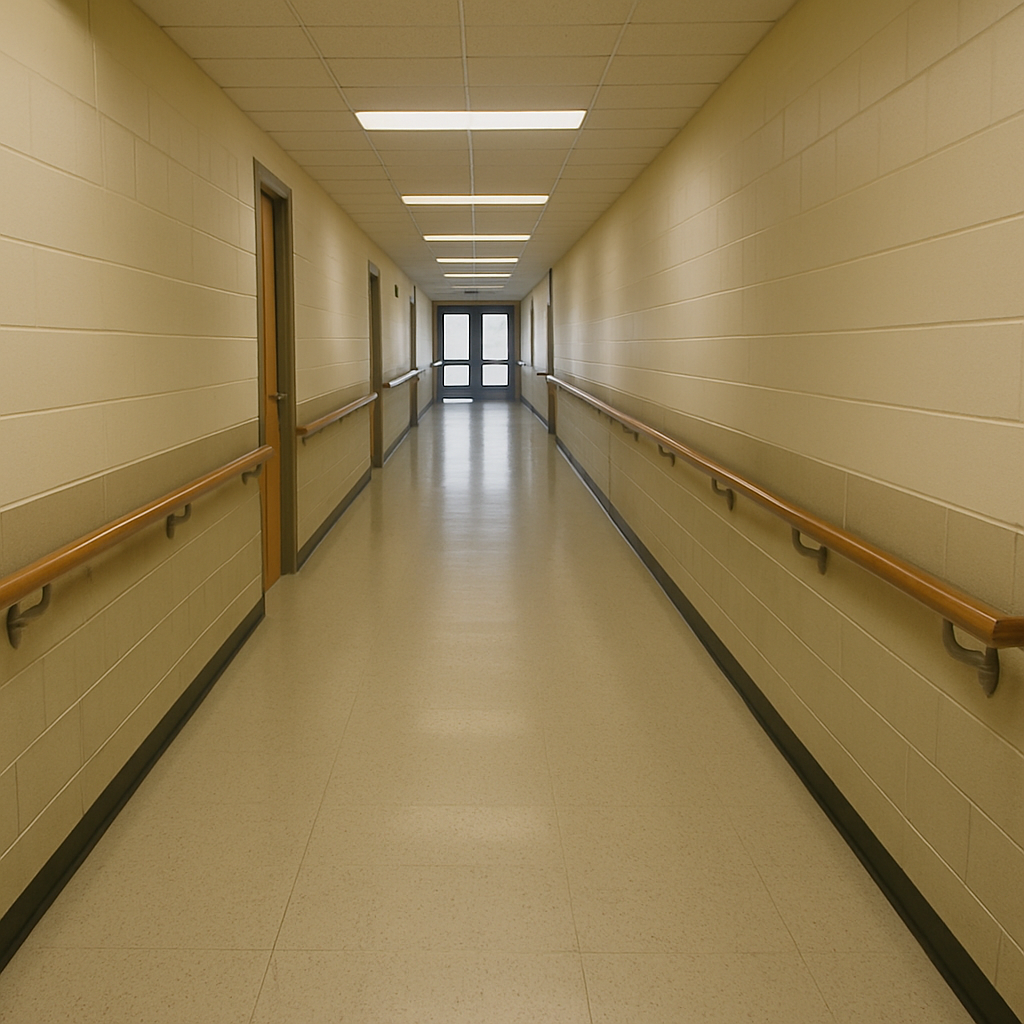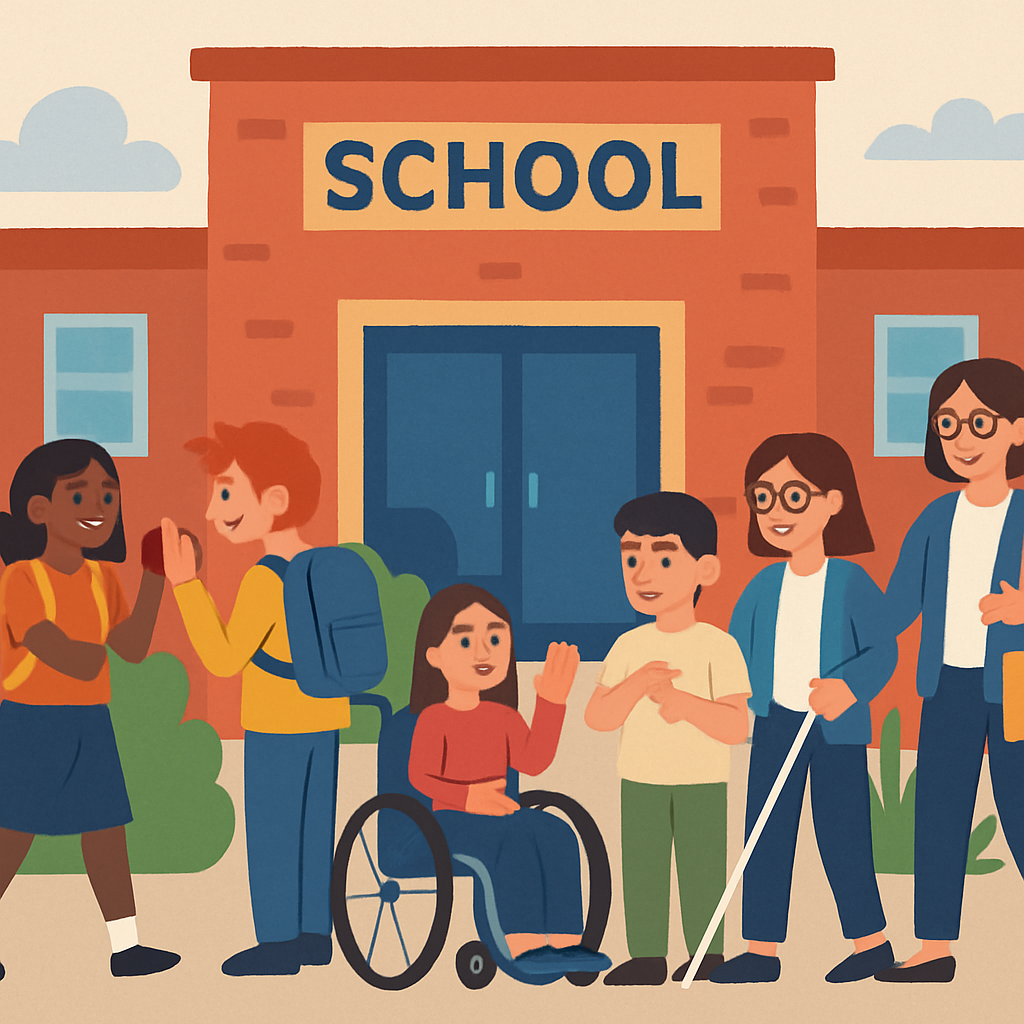 Service Hotline:13510328459
Service Hotline:13510328459
 205-206, 2nd Floor, Building 2, Xiazao Village Industrial Zone, Gaofeng Community, Dalang Street, Longhua District, Shenzhen City
205-206, 2nd Floor, Building 2, Xiazao Village Industrial Zone, Gaofeng Community, Dalang Street, Longhua District, Shenzhen City
 Service Hotline:13510328459
Service Hotline:13510328459
 205-206, 2nd Floor, Building 2, Xiazao Village Industrial Zone, Gaofeng Community, Dalang Street, Longhua District, Shenzhen City
205-206, 2nd Floor, Building 2, Xiazao Village Industrial Zone, Gaofeng Community, Dalang Street, Longhua District, Shenzhen City
Time:2025-09-10 Preview:
Creating a safe and supportive learning environment for students with special needs is crucial. One aspect of this environment is the thoughtful design of infrastructure, such as handrails. These are not just functional elements; they are pivotal in fostering an inclusive and accessible school setting. This article will guide you through the importance of special needs school handrails, key considerations in their design, and best practices for implementation.
Handrails play a significant role in maintaining safety and independence for students with special needs. They serve as essential support for students who may have mobility challenges, providing stability and confidence as they navigate school spaces. Handrails can be the difference between a student feeling independent and feeling reliant on others, impacting their educational experience and self-esteem.
Handrails allow students with disabilities to move more freely and independently. This independence is crucial for fostering a sense of autonomy and confidence. When students can navigate their environment without constant assistance, they are more likely to engage with their surroundings and participate in school activities.
Safety is a paramount concern in any school setting, but even more so in schools catering to students with special needs. Handrails help prevent falls and accidents, offering a secure point of support. They are vital during transitions between classes, in staircases, and in high-traffic areas where slips and trips are more likely.

Inclusive school design goes beyond mere compliance with regulations; it seeks to create spaces where all students can thrive. Handrails are a fundamental component of this philosophy. By considering the diverse needs of students during the design phase, schools can create environments that are welcoming and accommodating to everyone.
Each student has unique needs, and understanding these is key to designing effective handrails. For instance, some students may require handrails at different heights, while others may benefit from tactile cues. Consulting with occupational therapists, architects, and special education professionals can provide valuable insights into these requirements.
Applying universal design principles can enhance the inclusivity of school environments. This involves designing handrails that are usable by all students, regardless of their abilities. Features like smooth surfaces, rounded edges, and non-slip materials can make handrails more accessible and user-friendly.

Designing handrails for special needs schools requires attention to detail and a deep understanding of accessibility standards. The goal is to create handrails that are both functional and aesthetically pleasing, seamlessly integrating into the school's architecture while meeting the specific needs of students.
Height and Placement: Handrails should be installed at a height that is comfortable for students to reach. In some cases, dual-height handrails may be necessary to accommodate both younger students and those who use mobility aids.
Grip and Surface: The surface of the handrail should provide a firm grip and be easy to hold onto. Materials should be chosen for their durability and non-slip properties, even in wet conditions.
Continuity and Extensions: Handrails should be continuous and extend beyond the top and bottom of stairs or ramps. This provides additional support and ensures students can maintain their grip throughout their movement.
Visibility and Tactile Features: Incorporating color contrast and tactile indicators can help visually impaired students locate and use handrails effectively. Tactile strips or braille can be added to enhance accessibility.
When designing handrails, compliance with legal standards such as the Americans with Disabilities Act (ADA) is essential. These regulations provide guidelines on the dimensions, placement, and features of handrails to ensure accessibility for all students. Adhering to these standards not only ensures compliance but also promotes a culture of inclusivity within the school.

Once the design phase is complete, the next step is implementation. This involves careful planning and collaboration with various stakeholders to ensure the handrails are installed correctly and meet the intended goals.
Working with architects, builders, and special education experts is crucial during the implementation phase. Their expertise ensures that the handrails are not only installed correctly but also integrate well with the school's existing infrastructure. Regular consultations and site visits can help address any potential issues early in the process.
After installation, regular maintenance is necessary to ensure the handrails remain in good condition and continue to meet safety standards. Routine inspections should be conducted to check for wear and tear, and any necessary repairs should be made promptly. Additionally, schools should periodically evaluate the effectiveness of the handrails and solicit feedback from students and staff to make improvements where needed.
Handrails are an integral part of creating an inclusive and accessible environment in special needs schools. By focusing on thoughtful design and implementation, schools can enhance the independence and safety of their students. Whether through promoting autonomy or preventing accidents, the right handrails make a significant difference in the educational experience of students with special needs. Embracing inclusive design principles and working collaboratively with experts ensures that all students have the opportunity to thrive in a supportive and accommodating environment.
